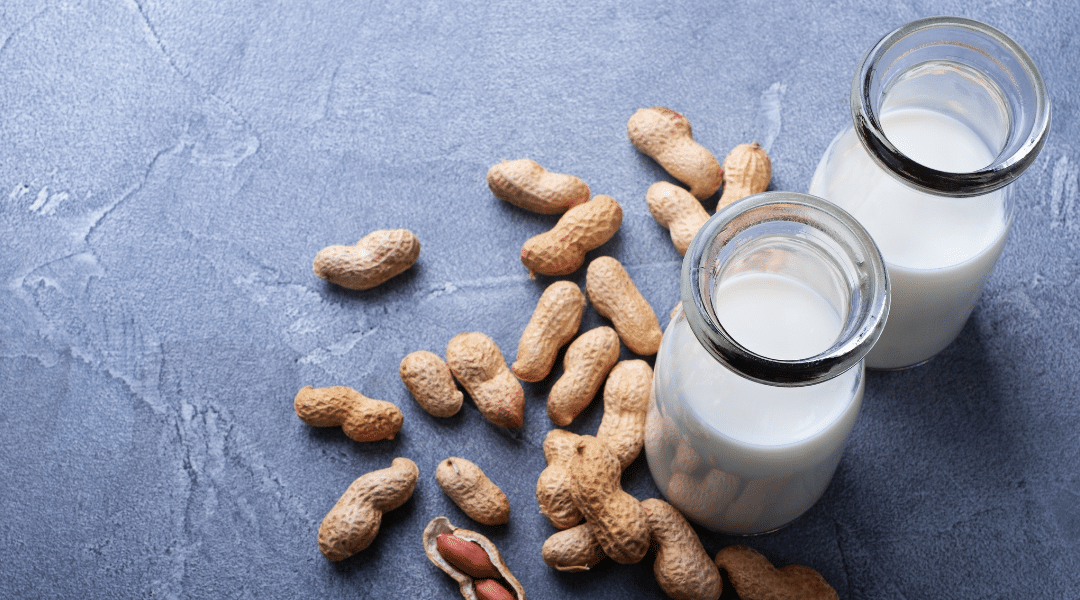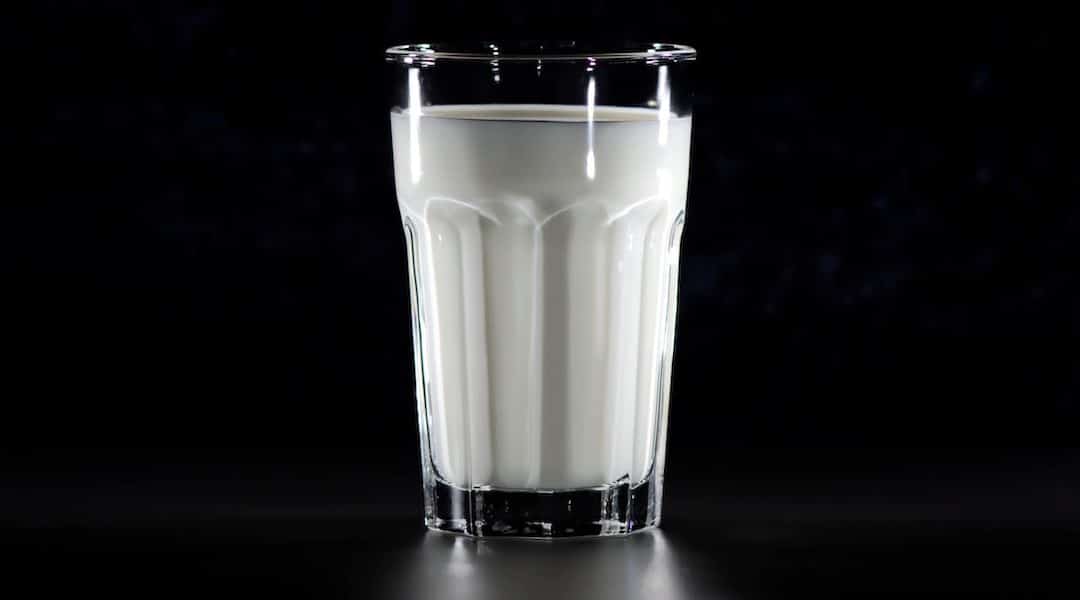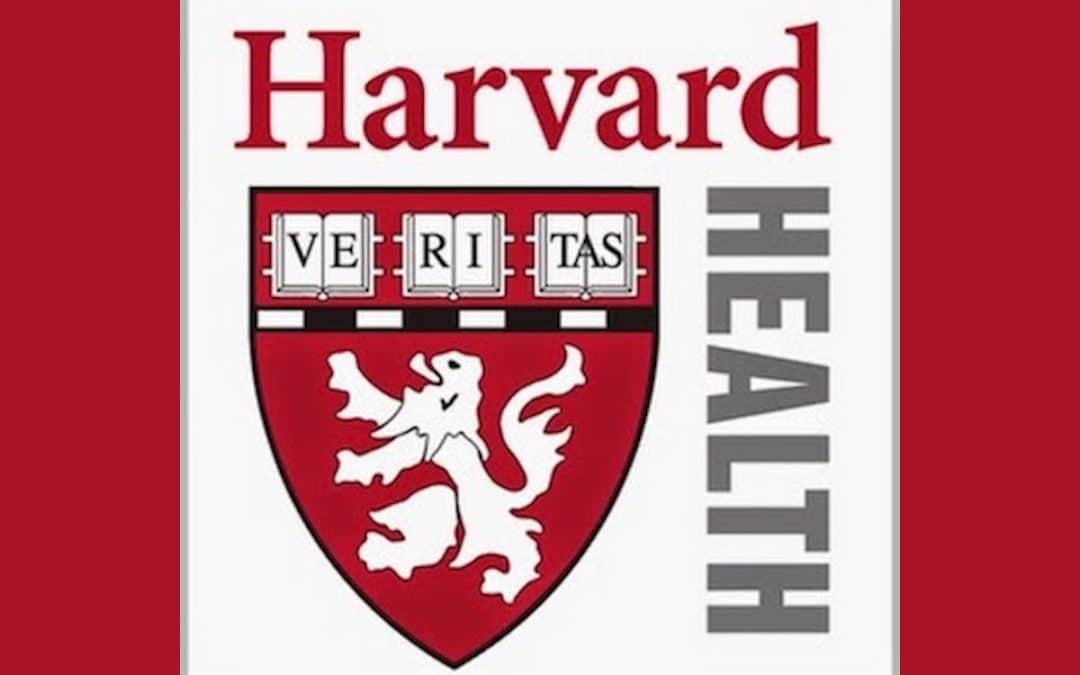In the western world, cheese is everywhere. It’s ultra-processed and shaped into peelable, waxy sticks that are packed into lunchboxes; it’s powdered and packed into paper packets then stored in a certain iconic blue box, and it’s aged in basements to eventually be served alongside a crusty baguette on an expensive cheeseboard. It’s no wonder so many claim to be “addicted” and even less surprising to find that it is one of the last things people give up when going dairy-free. But here’s a secret: not only can humans live without cheese, but they can live better without it.
What Is Cheese
Cheese is coagulated milk that is mixed with salt, bacteria, rennet (an enzyme), and often other ingredients. All cheeses are aged, but some are more processed than others. The most basic process includes these steps: standardize milk (adjusting the fat content), heating/pasteurization, cooling to allow bacteria to grow, inoculating with bacteria, adding rennet to form a curd, cutting and heating curd, removing whey, texturing the curd, adding dry salt or brine, forming into blocks, storage, and aging, and finally, packaging. Suffice it to say, it’s is processed food.
It depends on the kind (hard cheeses like cheddar require more milk than softer versions like ricotta), but it takes roughly ten pounds of whole milk to produce one pound of cheese. To put this into perspective, one cup of cow’s milk is equivalent to one slice of processed cheese, or 1.5 ounces of natural cheese, according to USDA standards. It is a highly concentrated milk product which means that all of the harmful components of dairy—trans and saturated fats, cholesterol, bovine sex hormones, and IGF-1—are even more pronounced within these products.
Natural vs Processed
Natural cheese is put through the cheesemaking process described above, but it can only contain milk, salt, enzymes, rennet, and flavorings. Processed cheese is made with natural cheese in addition to other ingredients such as salt, milk fat or other dairy products, preservatives, emulsifiers, and/or other artificial ingredients. The purpose of processed cheeses is to extend the shelf life, reduce costs, and create a more stable product (one that melts perfectly, instead of getting oily, for example).
Cheese-eaters who are skeptical of non-dairy alternatives due to their ingredient list likely have never considered the ingredients in their favorite brand. For example, Sargento’s Shredded Extra Sharp Natural Cheddar contains pasteurized milk cheese culture, salt, enzymes, annatto, potato starch, powdered cellulose, and natamycin. Those last few sound like anything but natural.
Trans and Saturated Fats
All dairy milk contains trans and saturated fats. However, you won’t always find this by looking at a nutrition label. According to USDA food labeling, any food that contains less than 0.5 grams of a certain nutrient is not required to list this nutrient. Such is the case of milk. Cow’s milk alone is also high in saturated fats—there are 3 grams of saturated fat in reduced-fat milk and around 4.5 grams of saturated fat in whole milk. Cheeses are a condensed version of milk—remember, it takes 10 pounds of whole milk to make one pound—making it an extremely high-fat food. In fact, it ranks as the top source of saturated fat intake in American diets.
The issue with trans and saturated fats lies in their impact on long-term health. These fats not only lead to weight gain but to more chronic conditions such as inflammation and heart disease.
Low-Fat Versions
While not as concentrated in trans and saturated fats, no cheeses are truly free of these harmful fats. Recall that the label may read as 0 grams, but the USDA allows wiggle room for any value under 0.5 grams. Low-fat versions still contain a natural concoction of bovine sex hormones, IGF-1, cholesterol, and inflammatory compounds.
Cancer Risks
An ever-growing body of research has brought to light the association between dairy consumption and hormone-dependent cancers. Visit our Why Ditch Dairy Page for specific studies that have linked dairy with a heightened risk of breast, prostate, and ovarian cancers. IGF-1 may be to blame. This growth hormone can lead to unregulated cell growth, which is a prime characteristic of cancer. Harvard Health researchers agreed with this idea in a 2020 scientific review titled “Milk and Health.”
‘Addiction’
The common turn-of-phrase, “I’m addicted to cheese,” may actually have some truth behind it. All cheese contains casomorphins which are mild opiate-like compounds that attach to the same brain receptors as addictive drugs. Every time you eat it, you experience a dopamine kick of pleasure which makes you resistant to stop. The pull is not nearly as strong as something like cocaine, but as far as food goes, it’s one of the most powerful ‘addictions.’ That doesn’t mean it’s impossible to stop. Keep reading for stand-out, dairy-free alternatives to help you kick the habit.
Quality Alternatives
Even armed with this knowledge, many struggle to give it up. That’s where alternatives come in. The non-dairy market has skyrocketed in recent years, and the increasing competition in the space has led to delicious innovation and stellar plant-based products. Whether you crave gooey grilled cheeses or prefer a sophisticated cheeseboard, there is a high-quality alternative to suit your tastes. Visit our Ultimate Guide to Dairy-Free Alternatives and Ultimate Kid’s Guide to Dairy-Free Alternatives for brand and product suggestions.








